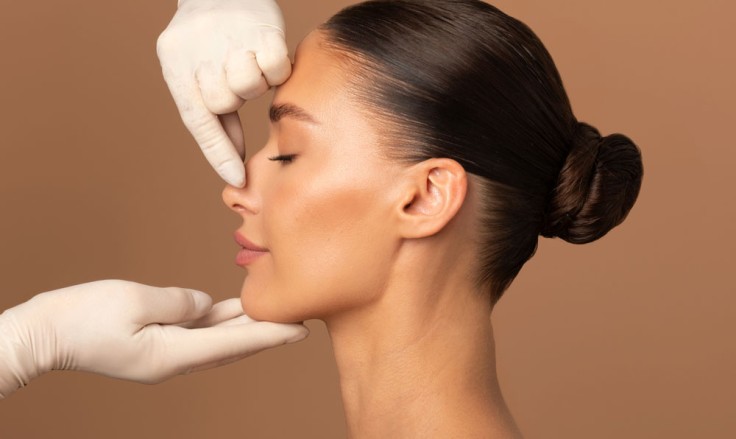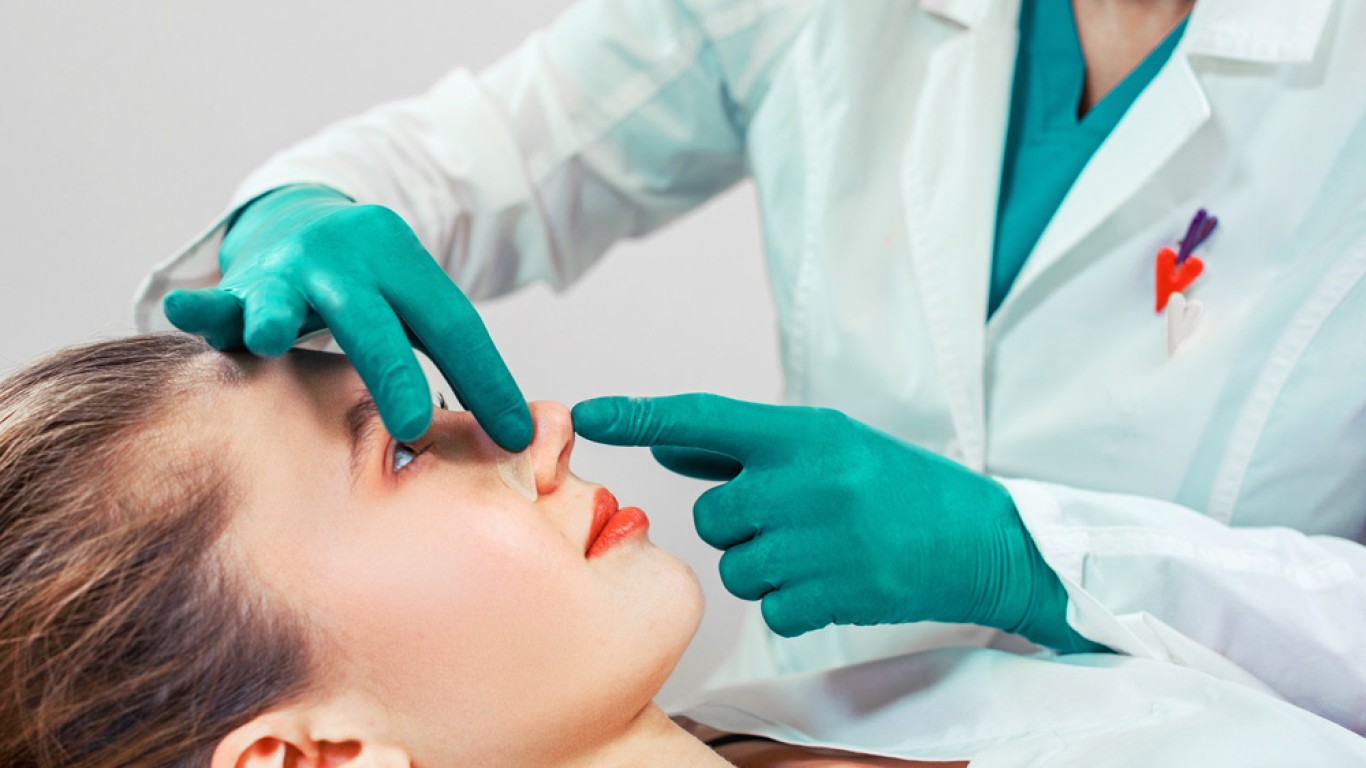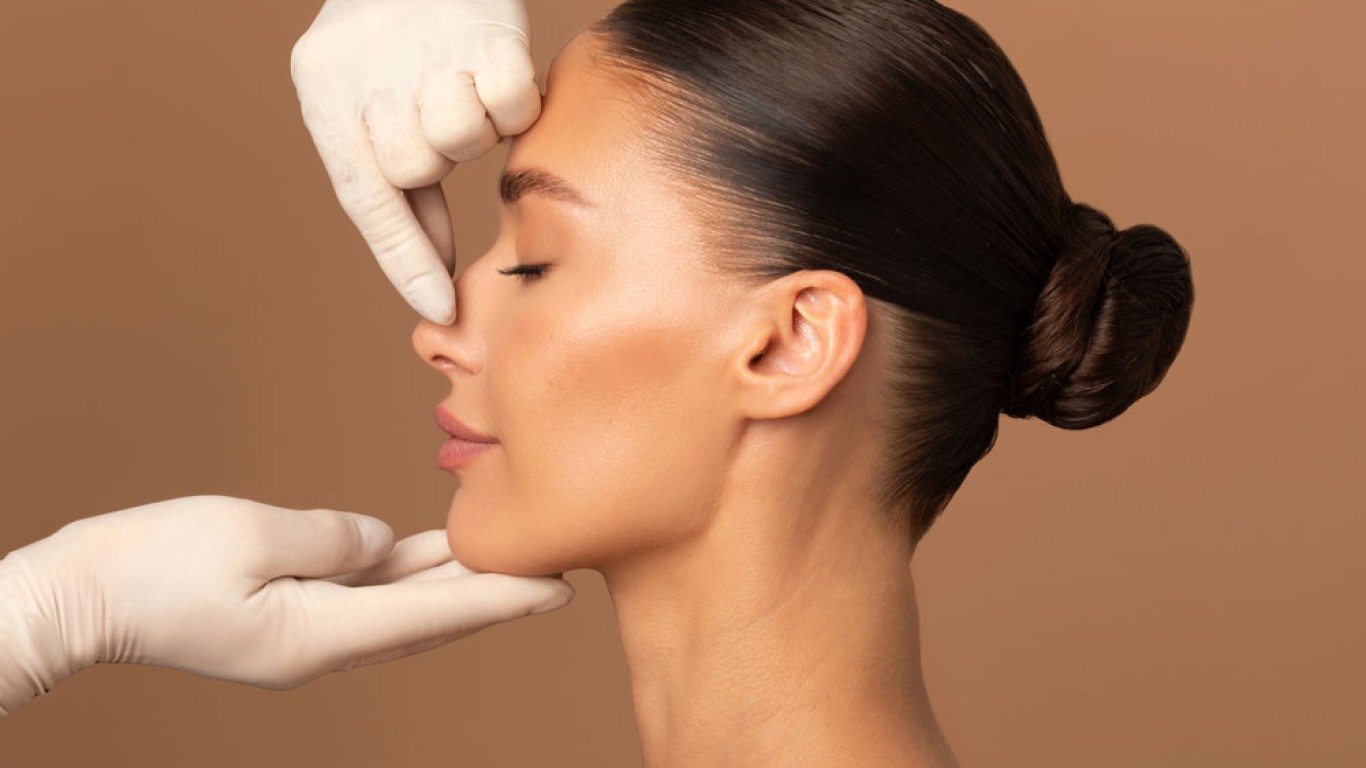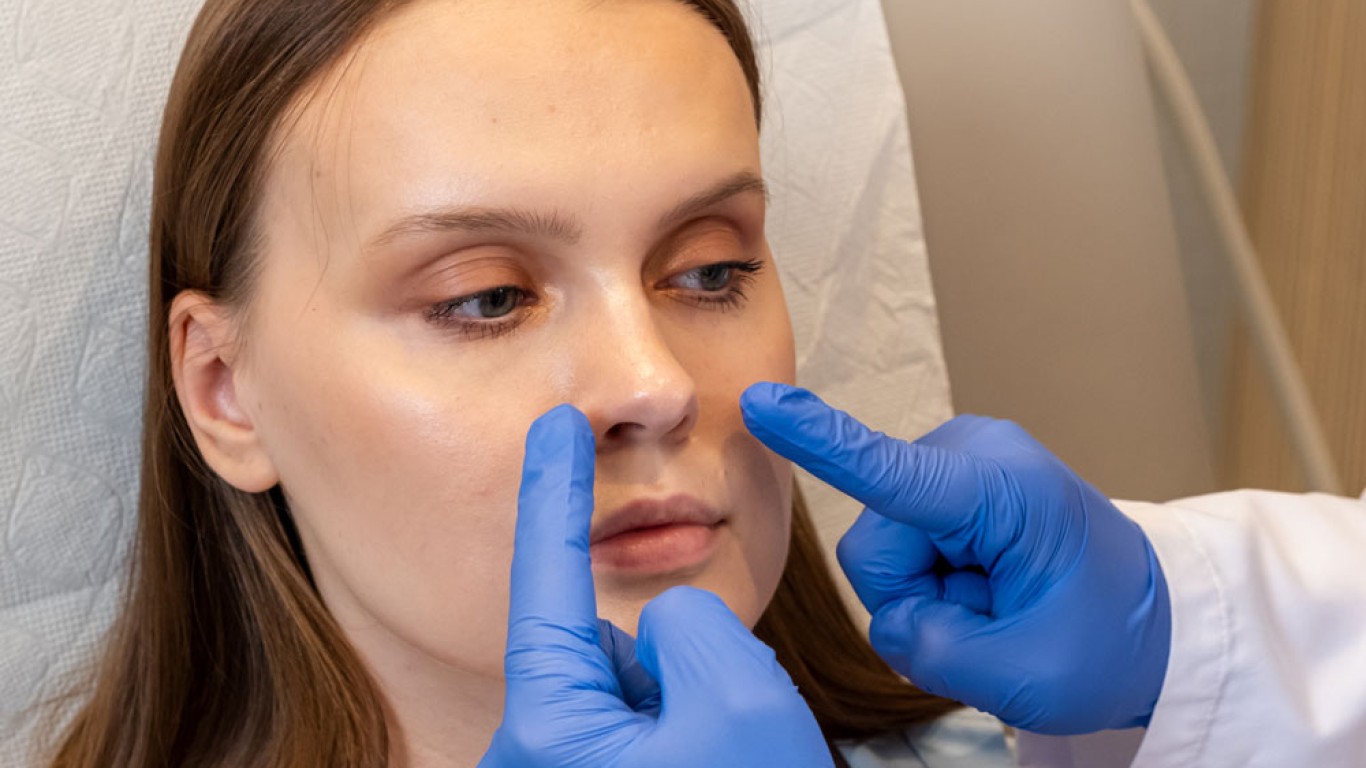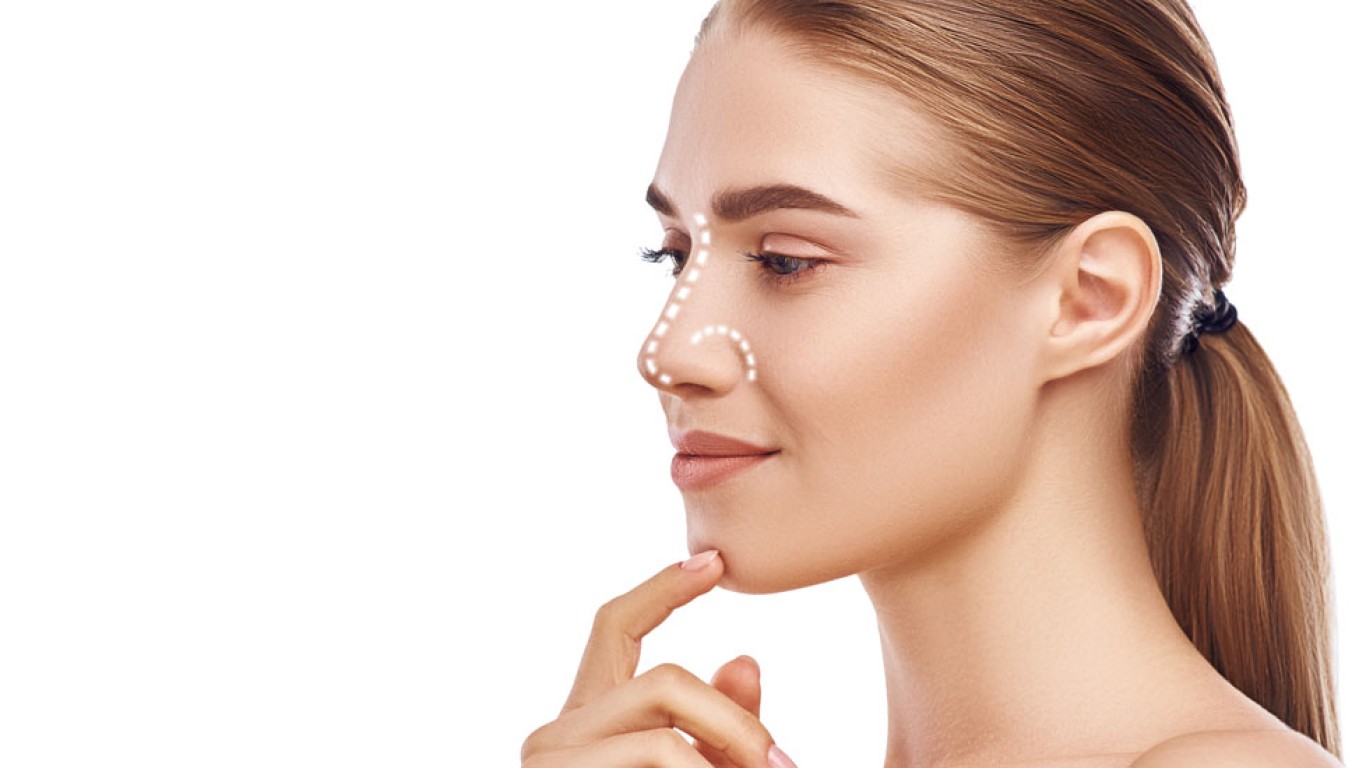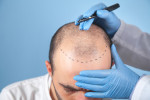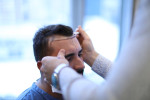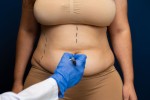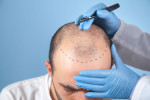Introduction
Rhinoplasty continues to evolve, perfectly blending artistry and precision to meet modern beauty expectations. In 2025, rhinoplasty trends are shifting toward more natural, balanced and personalised results. Patients seek refinement rather than transformation, and surgeons are using advanced methods to meet these goals.
This article explores the rhinoplasty trends defining 2025, including new techniques, technological innovations and cultural shifts that influence how nose surgery is performed today.
Rhinoplasty Trends: The Move Toward Natural Results
One of the strongest rhinoplasty trends of 2025 is a shift towards subtlety. Today patients want noses that harmonise with their facial structure, not completely redefine it. Accordingly, surgeons now aim for results that enhance individuality while maintaining cultural and gender identity.
Instead of uniform shapes, procedures are customised to each person’s anatomy and aesthetic preference. This natural approach has become the hallmark of successful modern rhinoplasty.
Rhinoplasty Trends: Preservation Rhinoplasty Techniques
Preservation rhinoplasty has revolutionised nose surgery by reducing trauma and maintaining natural structure. Unlike traditional techniques that remove cartilage or bone, this method reshapes the nose while preserving original tissue.
By maintaining key support structures, recovery is faster, swelling is reduced and results look softer. These benefits make preservation one of the most significant rhinoplasty trends in 2025. It offers precision, longevity and a more authentic final appearance.
Rhinoplasty Trends: Use of Advanced Imaging and 3D Planning
Technology now plays a vital role in achieving accuracy and confidence before surgery. Surgeons increasingly rely on 3D imaging to simulate outcomes and refine their surgical approach.
Patients can visualise the expected results, which helps manage expectations and guide decision-making. This digital transformation is one of the defining rhinoplasty trends for the year. By merging artistry with science, 3D planning enhances communication and improves satisfaction.
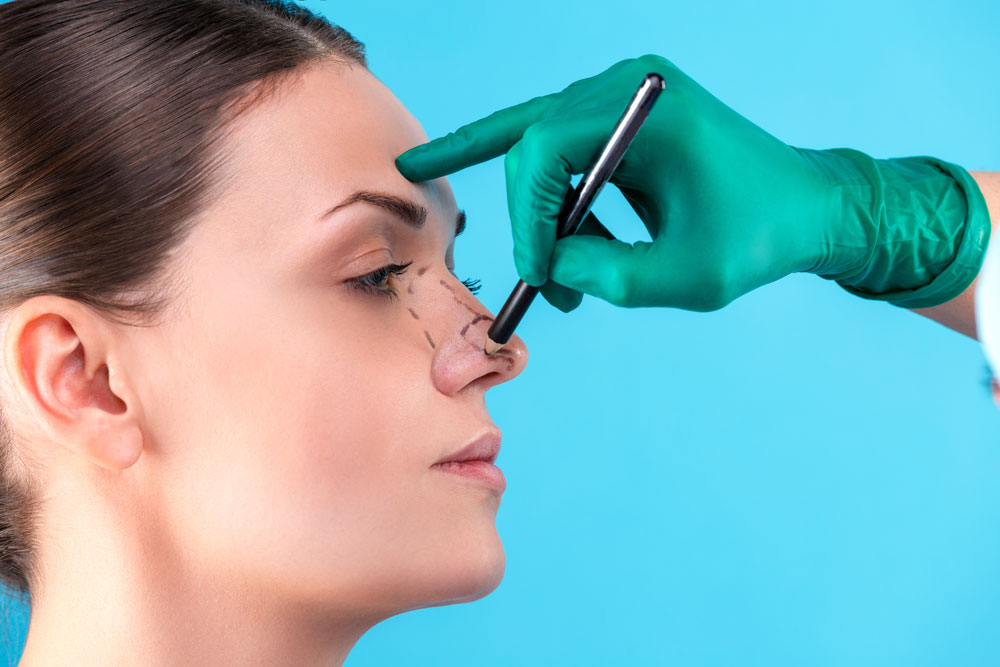
Rhinoplasty Trends: The Rise of Minimally Invasive Procedures
Minimally invasive rhinoplasty trends are gaining momentum as patients seek quicker recoveries and smaller adjustments.
Nonsurgical rhinoplasty - using dermal fillers to refine shape - continues to grow in popularity. While temporary, these treatments allow subtle contouring without anaesthesia or downtime. They’re particularly appealing for younger patients exploring cosmetic enhancement for the first time.
For small corrections or symmetry improvements, nonsurgical options provide safe, accessible alternatives.
Rhinoplasty Trends: Ethnic and Gender-Specific Rhinoplasty
Cultural and gender diversity have shaped a new era of rhinoplasty trends. Surgeons now prioritise techniques that respect a patient’s ethnicity and gender identity while enhancing balance.
For instance, Middle Eastern or Asian rhinoplasties often focus on refining while preserving distinct features. Likewise, gender-affirming procedures consider how the nose complements masculine or feminine aesthetics.
This new level of personalisation marks a progressive shift toward inclusivity and individuality in modern aesthetics.
Combining Rhinoplasty with Other Facial Procedures
Another growing rhinoplasty trend for 2025 involves combining nose reshaping with complementary facial treatments.
Chin augmentation, eyelid surgery or skin tightening are often paired to create overall harmony. When done together, these procedures achieve balanced proportions and a cohesive look.
This approach reflects a broader move toward facial integration rather than isolated correction. Patients increasingly value the synergy of multiple treatments for holistic rejuvenation.
Faster Recovery Through Advanced Techniques
In 2025, rhinoplasty trends also focus on improvements to the recovery process.
Innovations in anaesthesia, surgical precision and post-care have significantly shortened healing times. Also, swelling and bruising are now minimal thanks to refined tissue handling and cooling systems.
Many patients resume social activities within one to two weeks after surgery. This faster recovery has made rhinoplasty more appealing and accessible to a wider audience.
Rhinoplasty Trends: Personalised Aesthetic Planning
Individuality is a key defining feature of 2025’s rhinoplasty trends. Rather than following a single ideal, surgeons use digital tools and artistic judgement to design custom plans.
This process takes into consideration a range of factors including face shape, symmetry, personality and lifestyle. Patients are active participants - helping create realistic, personalised outcomes.
This collaborative approach strengthens trust and satisfaction, ensuring results feel uniquely tailored.
Conclusion
Rhinoplasty trends in 2025 reveal an exciting balance between innovation and artistry. With more natural aesthetics, advanced planning and faster recovery, modern procedures increasingly empower patients to express themselves confidently.
From preservation techniques to regenerative medicine, the evolution of rhinoplasty reflects beauty’s future - thoughtful, inclusive, and authentic.
Want to learn more about the future of Rhinoplasty? Visit the ACIBADEM Beauty Center rhinoplasty page.
Frequently Asked Questions
Natural results, preservation techniques and 3D planning are the leading rhinoplasty trends this year.
Yes, modern approaches significantly reduce swelling and healing time.
Not fully, but it’s ideal for minor adjustments or temporary reshaping.
It maintains natural structure, offering subtle, long-lasting results.
Yes, surgeons now adapt techniques to each patient’s cultural and gender identity.
